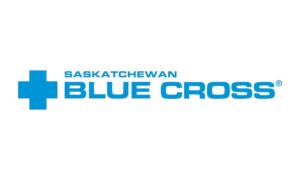Using mediation in clinical negligence cases

Written by Morrish Solicitors Director Anna Sari and published by DAS
Alternative Dispute Resolution (ADR) in clinical negligence claims can take a number of forms, including mediation.
According to its annual report, the proportion of claims settled by NHS Resolution pre-issue hit a record 80% in 22/23. This highlights the real drive towards mediation in an attempt to reach early resolution and avoid the lengthy formal court process and associated costs. The focus on it has also been amplified by the success of the Covid-19 protocol and collaborative working with claimant lawyers which has continued to be adopted since the pandemic.
There will always be a small crop of cases where litigation is the only way to achieve resolution and access to justice for those who have been injured through clinical negligence should be maintained. However, many clinical negligence cases are suitable for mediation and engaging in it at the right time is an effective tool to narrow issues and reach a successful resolution. In my experience, working collaboratively with a defendant solicitor and adopting a pragmatic approach, results in earlier resolution for clients.
Mediation adopts a different approach and mindset to that of a joint settlement meeting (JSM). These are often more adversarial in nature and are focussed on back-and-forth offers between counsel for the parties; the focus of negotiations being to concede as little as possible. On the other hand, mediation is an arena to persuade the defendant into considering how issues can be resolved and encourages active participation of the claimant.
The opening session of a mediation enables the claimant to convey their emotions and make an impression on the defendant. It provides an opportunity to directly ask for an apology or assurances that recommendations set out in a report have been put in place. Ensuring the same negligence doesn’t happen to someone else may be of particular importance to them — this may not necessarily happen in a JSM, or at least have the same impact.
Preparation and engagement are key to a successful outcome. Effective mediation is about dialogue. It is essential that the mediator clearly understands the tensions in a case and what the parties want to achieve at the outset. This is done in the pre-mediation meeting, which also serves to build a rapport with the mediator and can help speed things up during the mediation.
Although mediation is not compulsory, the direction of travel appears to be moving towards it, particularly in view of the proposed fixed recoverable costs in lower damages clinical negligence claims. The timing of mediation depends on the facts of each individual case however there appears to be a noticeable shift in it being offered pre-action by a defendant.
An invitation to mediate should be embraced and not ignored where appropriate. Don’t be afraid to offer it to the other party. It is not a sign of weakness. You are always in control and choose what information can be shared with the other side, whether to settle and on what terms It presents an opportunity for the claimant to seize the initiative at the right point in the right case and for the defendant to reduce costs.



